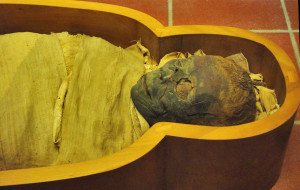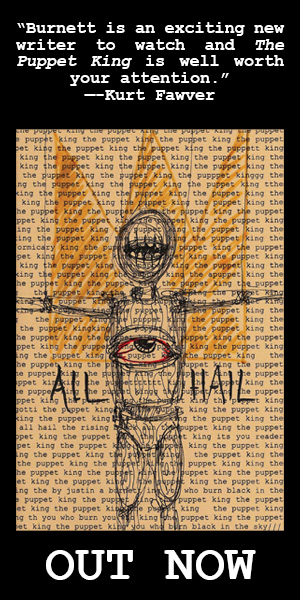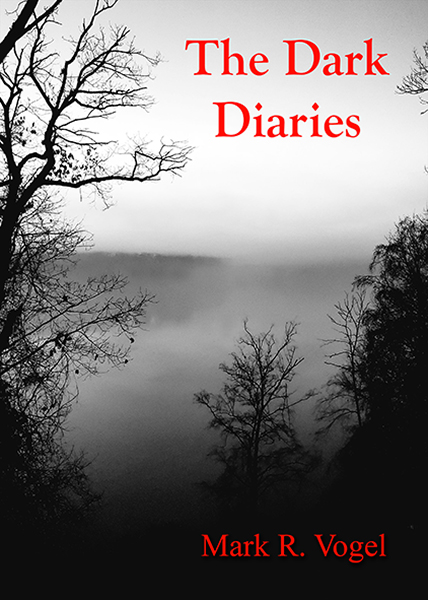The Zombie Chronicles
Part One: Ancient Mesopotamian/Babylonian Zombies

Though the term “zombie†is not mentioned, the first historical reference to, “the dead eating the living†can be found in the Ancient Mesopotamian poem, The Epic of Gilgamesh. In 1839, Austen Henry Layard discovered the tablets in the ruins of the great library of King Ashurbanipal (In the city of Ninevah, present-day Iraq). King Ashurbanipal ruled ancient Assyria at the zenith of Assyrian military and cultural accomplishments (669-633 B.C.). He is known in Greek writings as Sardanapalus and as Asnappeer/ Osnapper in the Bible. [6- “Welcome to the Library of King Ashurbanipal Web Page.” web,utk.edu. N.p., n.d. Web. 5 Oct 2012. Source.]
In the ancient world, an author rarely documented their name on their poems or stories. In most cases, the author’s name was included within the title. The Bible is an excellent example: the book of Mark, Peter, John, etc… Yet, the Epic of Gilgamesh (consisting of twelve tablets) actually names the author as Shin-eqi-unninni.5 The first eleven tablets recount the unsuccessful quest for immortality of an ancient King of Uruk, named Gilgamesh, The twelfth tablet describes the nether world, where upon his death Gilgamesh rules as divine judge over the shades. [3. “The Epic of Gilgamesh.” timelineindex.com. N.p., n.d. Web. 6 Aug 2012. Source. ] Gilgamesh’s existence has been open to expostulation. The Epic of Gilgamesh (Gilgamesh and Agga of Kish) describes the siege of Uruk by Agga. Enmebaragesi, the oldest Mesopotamian ruler authenticated by inscriptions found on vase fragments, was the father of Agga. [8- Guisepi, Robert. “First historical personalities.” Ancient Sumeria. N.p., n.d. Web. 6 Oct 2012. Source.] The Sumerian king list and the Tummal Chronicle confirm this to be factual. His name also appears on the Sumerian King List under First Dynasty of Uruk. This lends credence to Gilgamesh’s physical existence. He would have reigned during the Early Dynastic II period (2700-2600 BC).[7- McDonald , Mark. “Ancient Sumer History.” ancientneareast.info. N.p., n.d. Web. 5 Oct 2012. Source.]
The sixth tablet contains the earliest known reference to, “the dead eating the livingâ€. Gilgamesh has refused the goddess Ishtar’s proposal of marriage. Adding insult to injury, he boldly describes, in precise detail, the pain and suffering of each of her past lovers. Enraged by Gilgamesh’s blatant refusal and sordid insults, Ishtar runs to her father, Anu, like a spoiled child and pleads for the Bull of Heaven to kill Gilgamesh. She threatens to, “let the dead go up to eat the living†if her father refuses.
going to Anu, her father, and crying,
going to Anrum, her mother, and weeping:
“Father, give me the Bull of Heaven,
so he can kill Gilgamesh in his dwelling.
If you do not give me the Bull of Heaven,
I will knock down the Gates of the Netherworld,
I will smash the door posts, and leave the doors flat down,
and will let the dead go up to eat the living!
And the dead will outnumber the living!” [5. Gill, N.S. “Who Was the First Named Author.” about.com. N.p., n.d. Web. 31 Aug 2012.]
*Excerpt from The Epic of Gilgamesh – Tablet VI *this translation is based on the “standard” Akkadian “edition”[1. -.(Wolf) Carnahan, Timothy. “Academy For Ancient Texts.” www.sacred-texts.com. N.p., n.d. Web. 6 Aug 2012. 1-source.]
The Epic of Gilgamesh holds many similarities to the poem, Ereshkigal and Nergal. Ereshkigal,-Goddess of the World Below (Irkalla/Aralu)- angered that her new consort, Nergal – God of War and Pestilence – had returned to his home, the court of the spirits, threatens to raise a zombie army if he does not immediately return to her. She vows to,
“raise the dead so they devour the living” – [9. Illes, Judika. Encyclopedia of Spirits: The Ultimate Guide to the Magic of Fairies, Genies, Demons, Ghosts, Gods & Goddesses. 1st ed. New York: HarperCollins, 2009. 389. Print. ]
I did not have enough delight with him before he left!
(Nergal), the love of my delight –
According to the rites of Irkalla and the great earth
I shall raise up the dead, and they will eat the living.
I shall make the dead outnumber the living!†– [10. Walker, Laura. “ERIS Archetype of Shadows, Crisis & Awakening.” oraclereport.com. Pallas Publishing, 2007. Web. 8 Oct 2012. Source.]
Are these two Ancient Mesopotamian/Babylonian poems proof that the ancient world believed in zombies? The Ancient Mesopotamians believed the spirit of the dead could be temporarily recalled to the upper world for the purpose of gaining information from it. The act would be performed by a musheluetimmu, “he who causes the spirits of the dead to riseâ€.[11. “The Gilgamesh Epic and Old Testament Parallels.” oi.uchicago.edu. oi.uchicago.edu. Web. 16 Oct 2012. Source.]
Certain Babylonian prayers and hymns contain a well-known epithet, “muballit miti†or, “The one who makes the dead to live” and “the one who restores the dead to life,” a title given to certain gods. These gods possessed the power to intervene in the lives of the living. They could restore a downtrodden and unhappy life to a more prosperous and happy existence. In other words,
“makes the dead to live†refers to the living not the deceased. 11
If we take these two beliefs into consideration, a conclusion can be reached that the Ancient Mesopotamians did not view the risen dead as animated fleshly bodies but rather as returned spirits. These spirits could attack the living if given permission to do so. According to these beliefs, Ereshkigal (as Goddess of the Underworld) would have the ability to, “make the dead outnumber the livingâ€, and she could give these spirits permission to attack the living. 11




